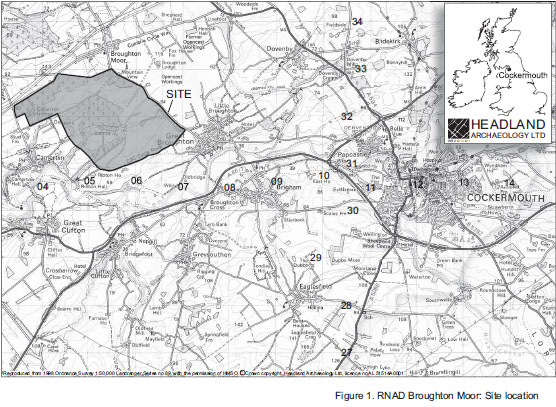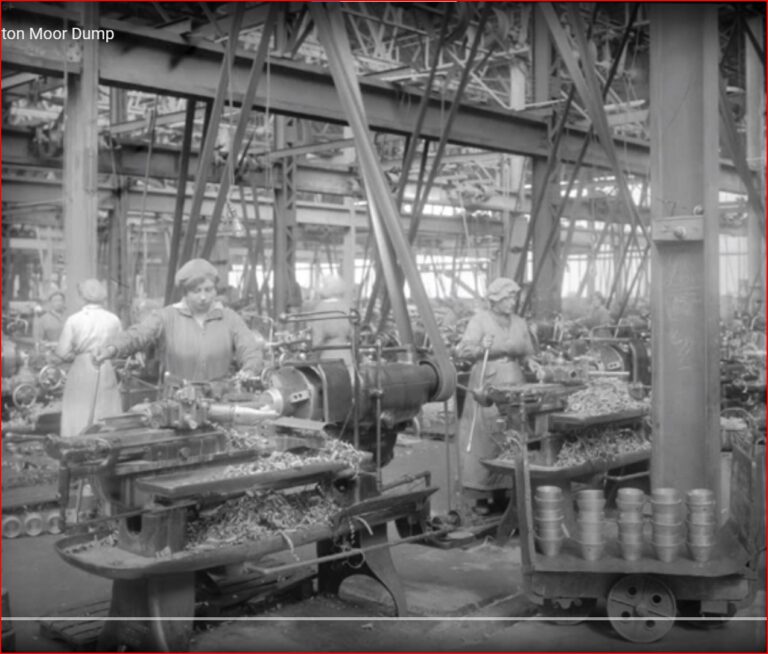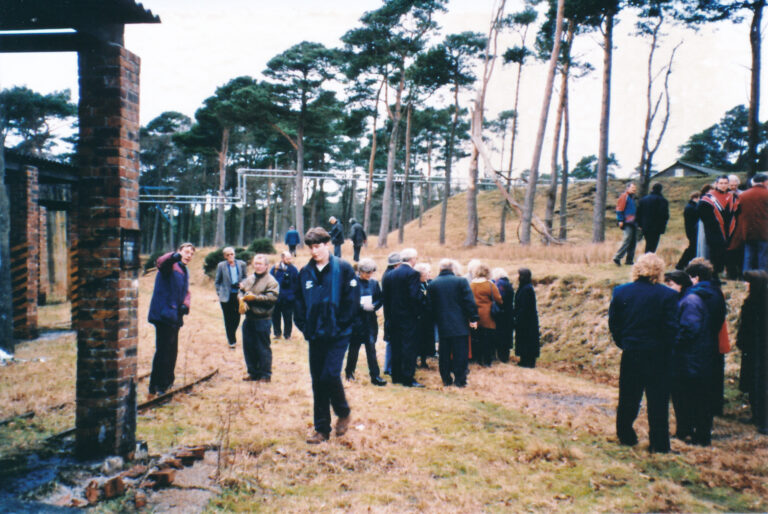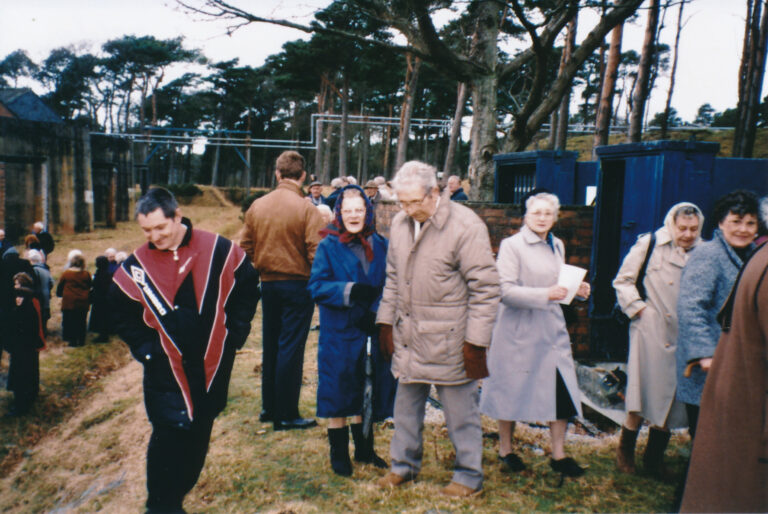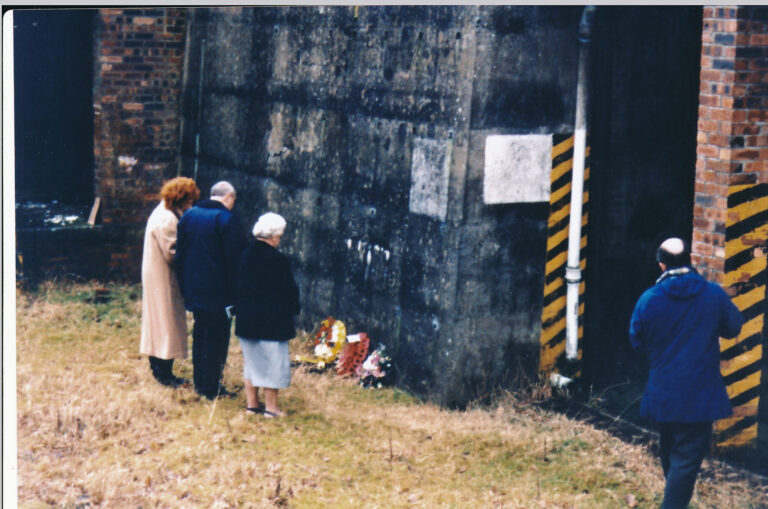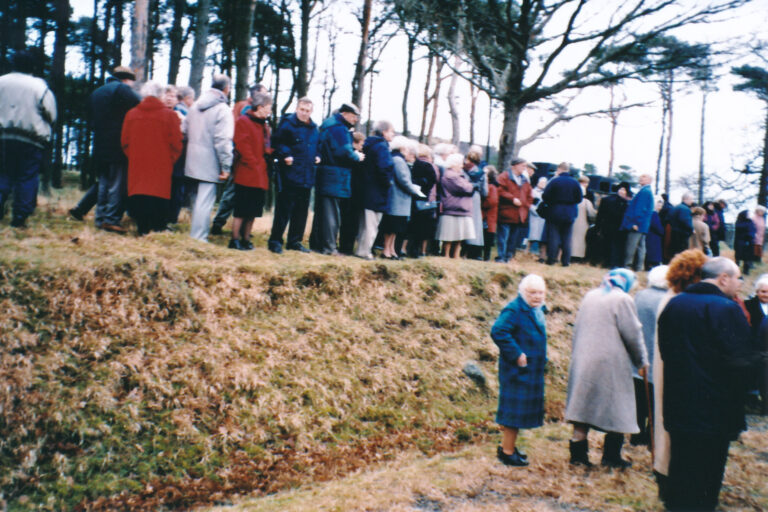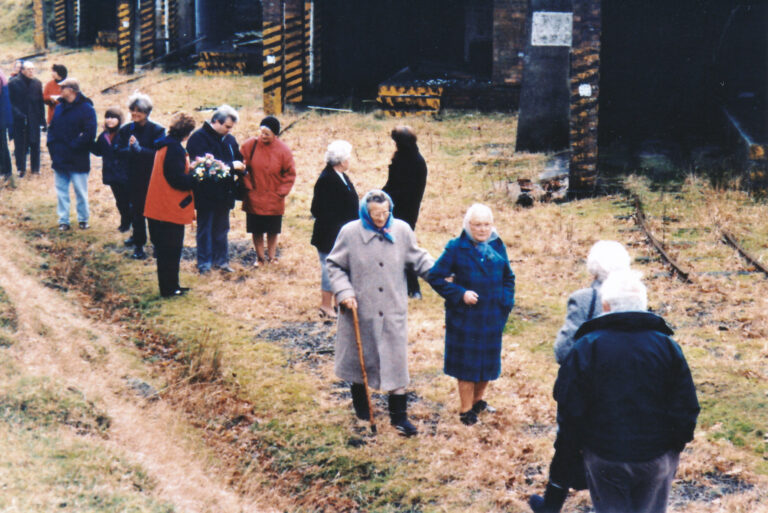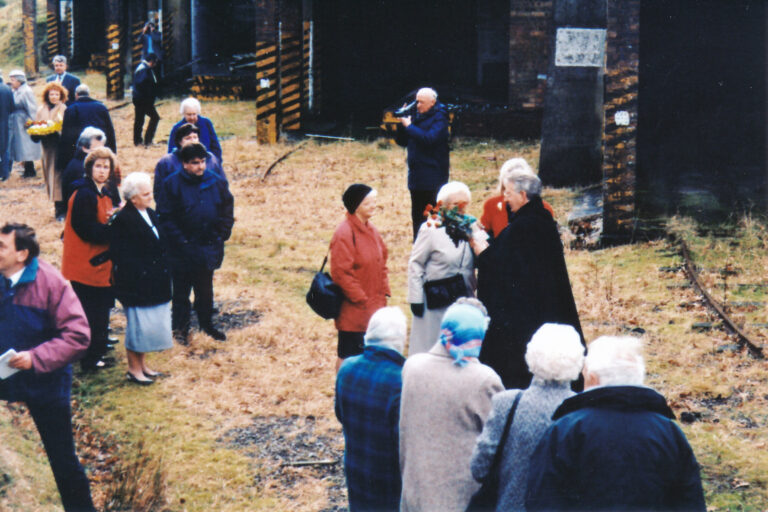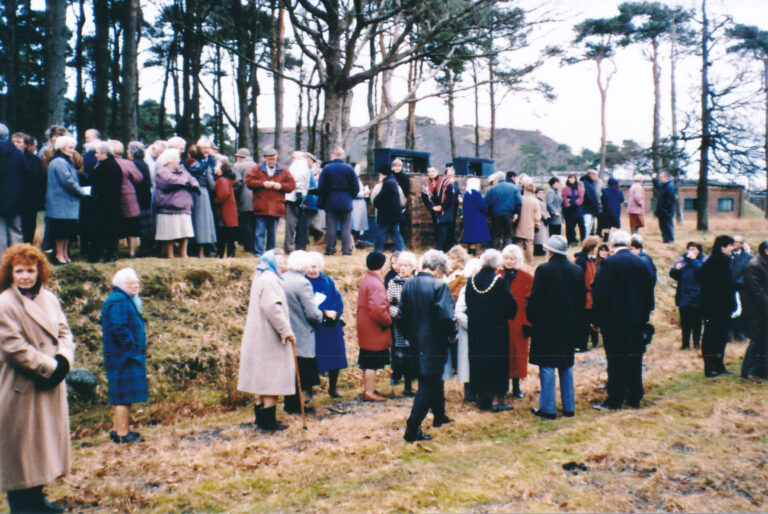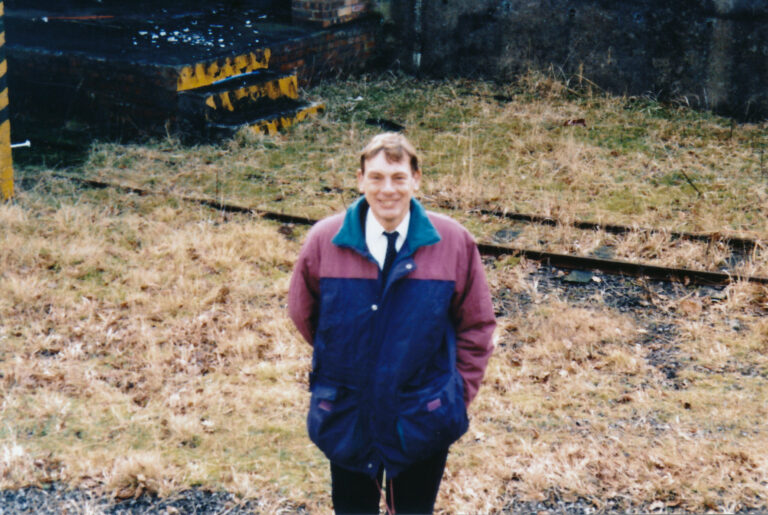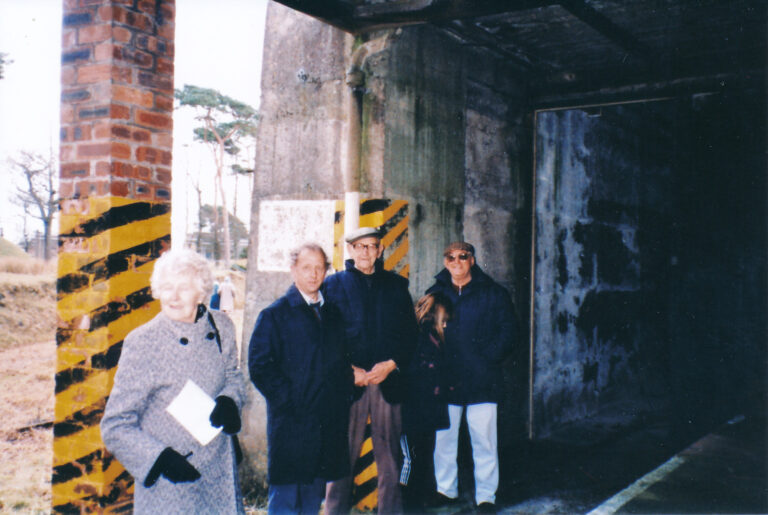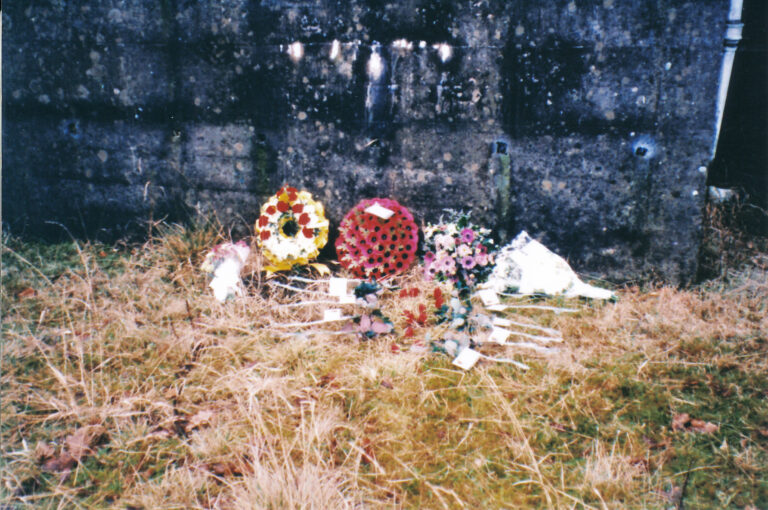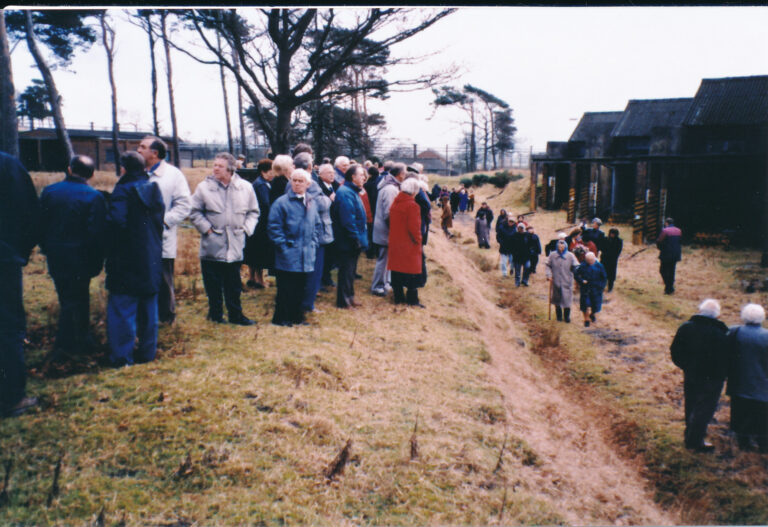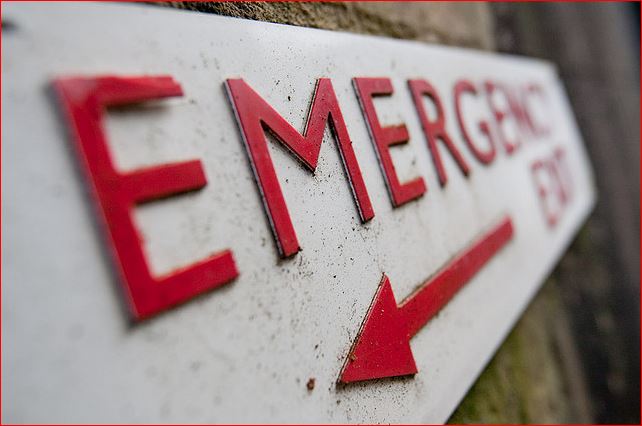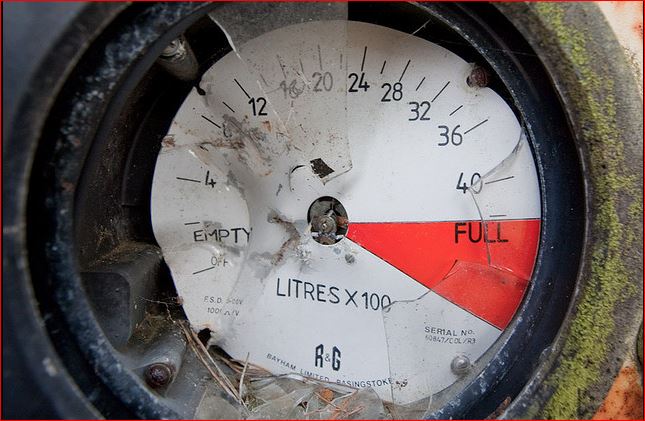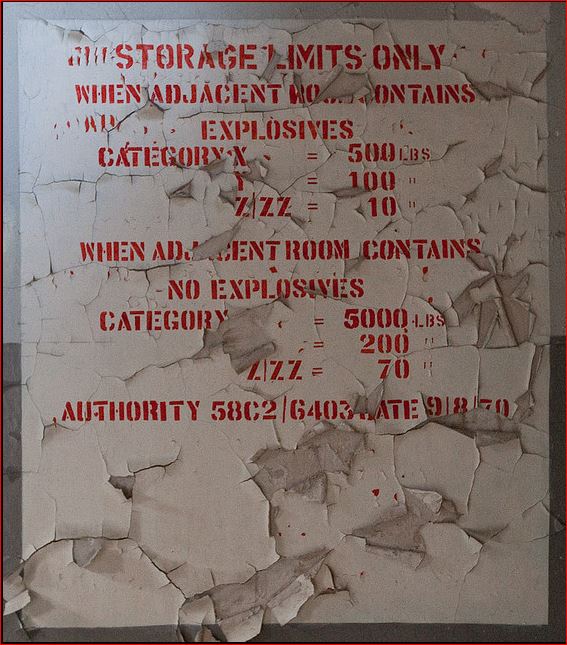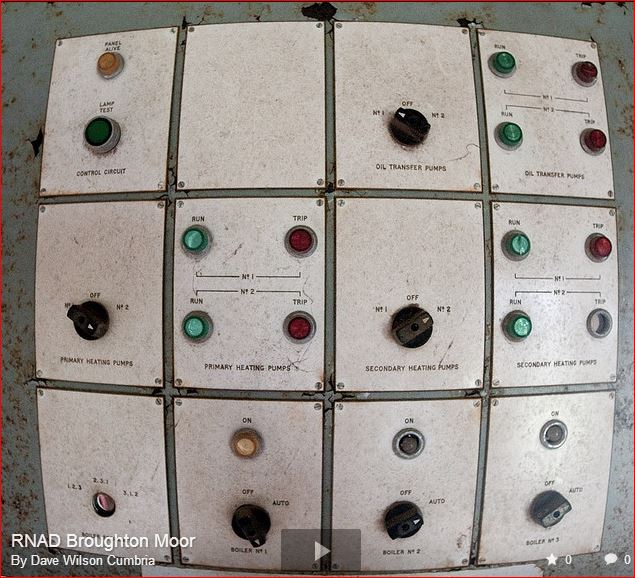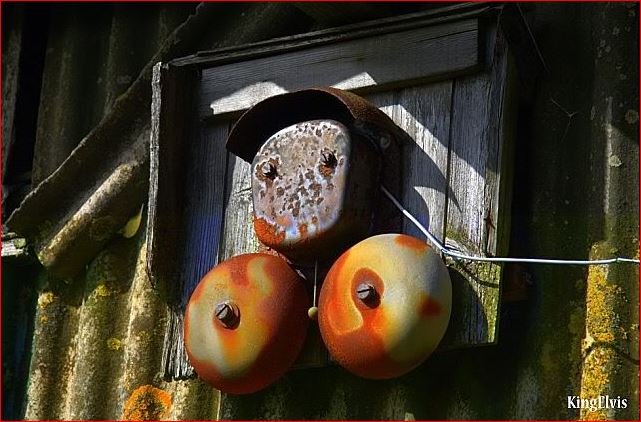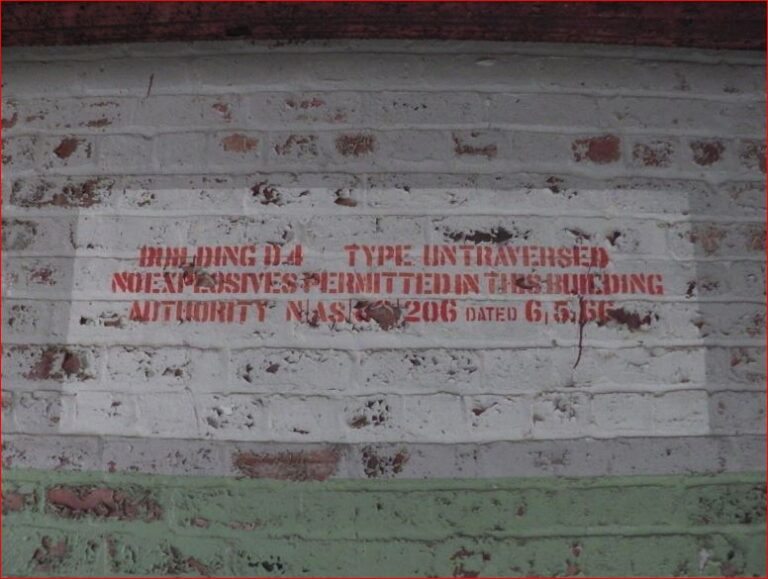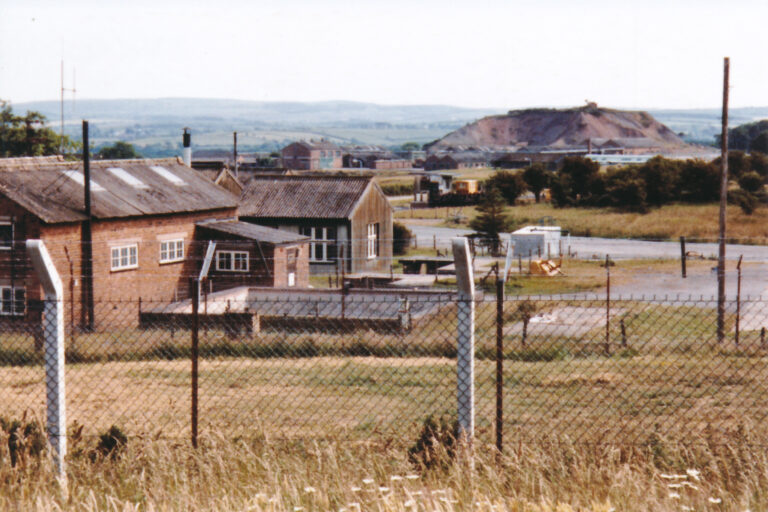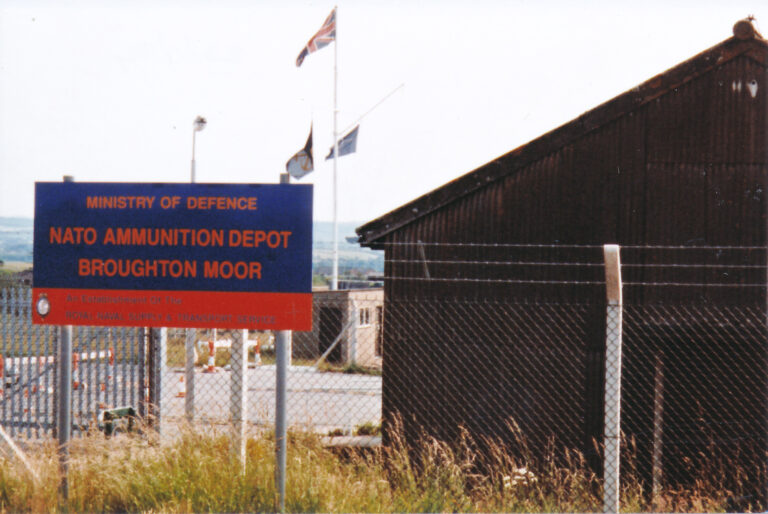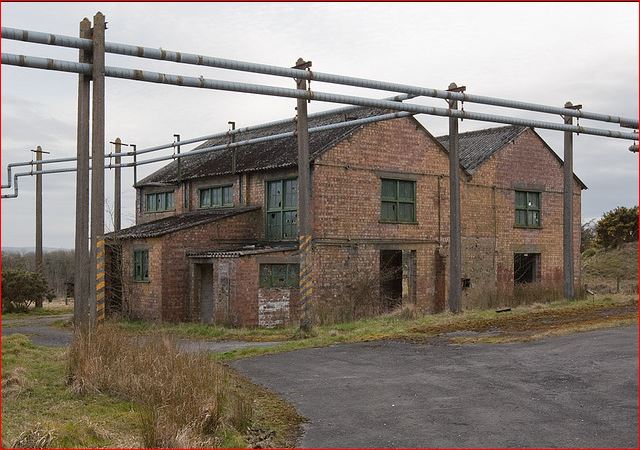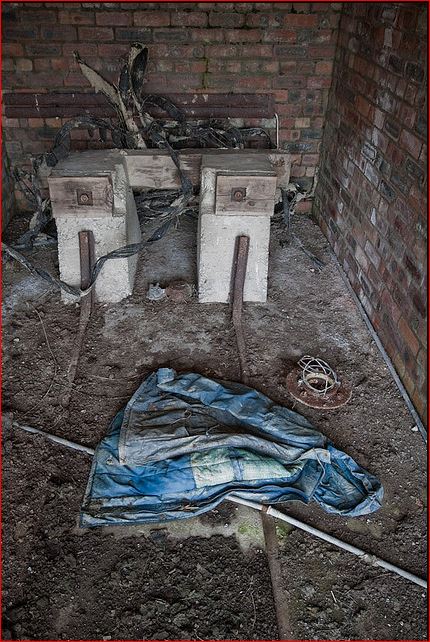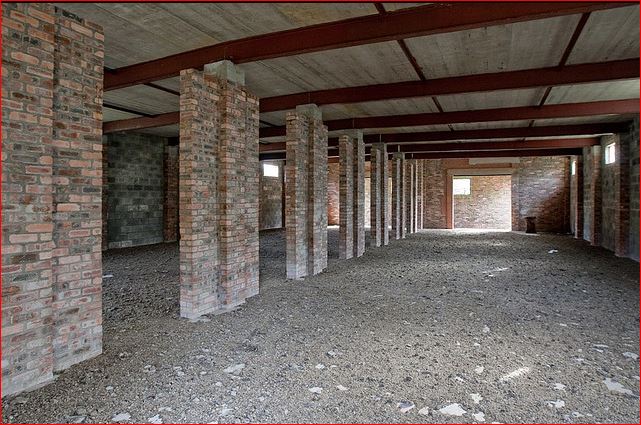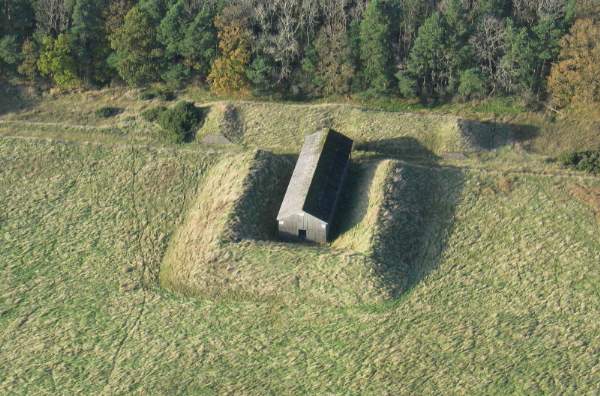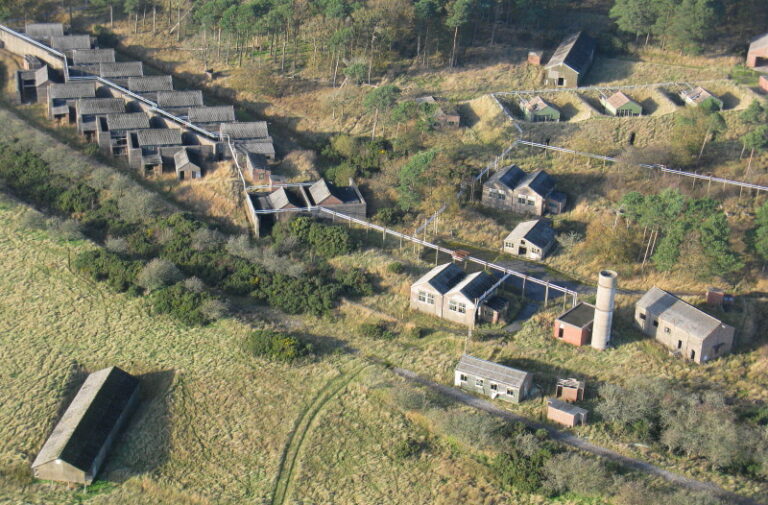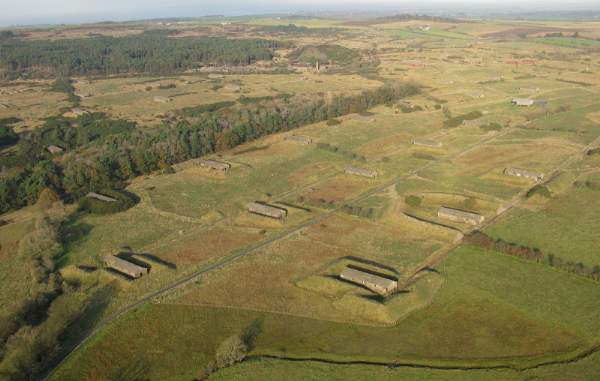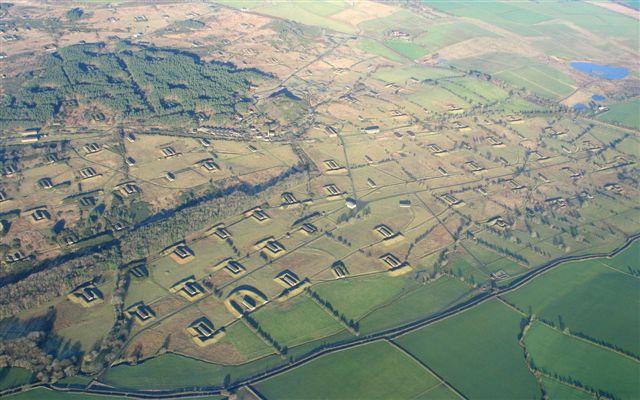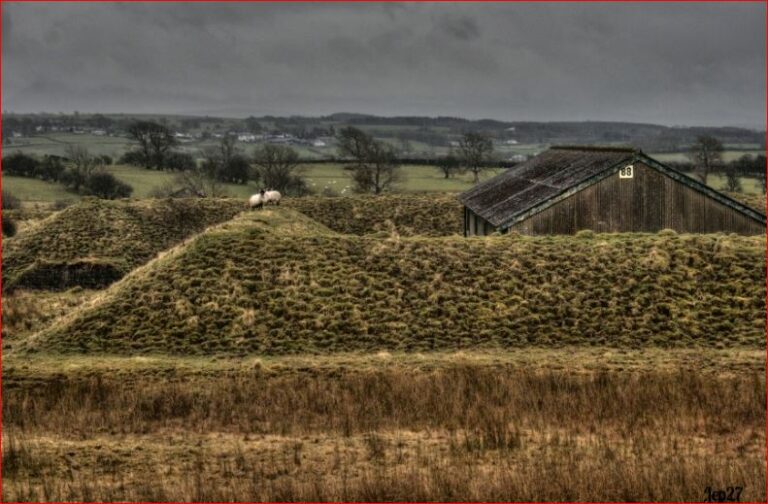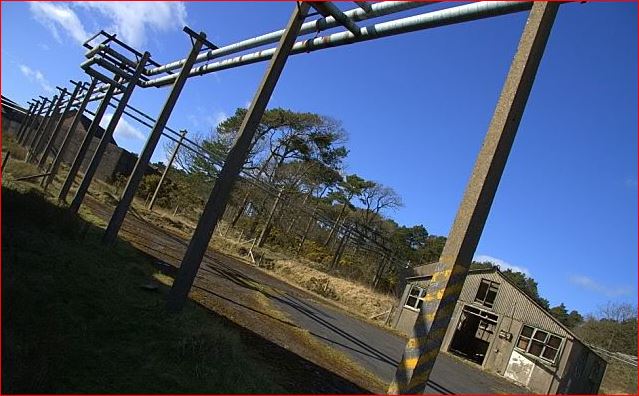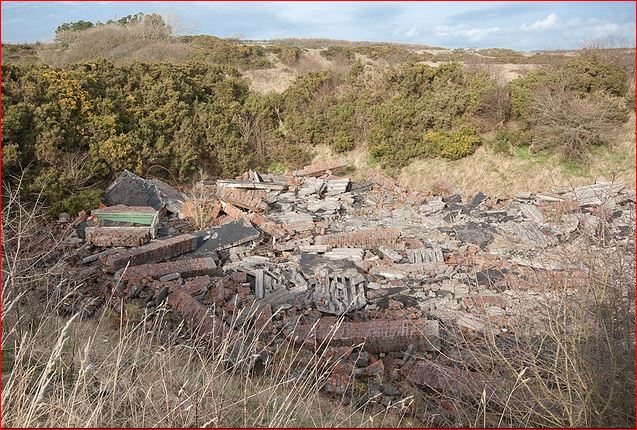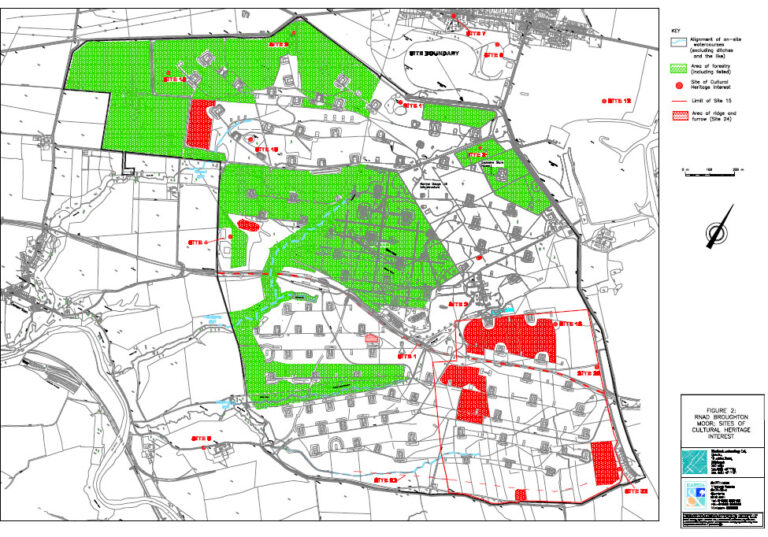Explosion at Broughton Moor Munitions "The Dump"
Explosion at the RNAD Works Broughton Jan 18th 1944
The Royal Naval Armaments Depot (RNAD) was developed on compulsory purchased land before the start of the Second World War. It stretches across the Parish boundaries of Broughton, Broughton Moor, Camerton and Seaton. It covers an area of 1050 acres (425 hectares).
Over a 54 year period, from approximately 1938 to 1992, the site formed part of an active ammunitions storage, inspection, repair and proofing facility under the ownership of the Ministry of Defence (MOD).
On January 18th , 1944, at 11:28am a huge explosion at RNAD killed eleven people working inside General Purpose Laboratory Room Number 3. A report into the tragedy stated that the most likely cause was a sensitive fuse in a naval mortar bomb. 72 lbs of high explosive in the laboratory exploded and this blast detonated 1,296 pounds of high explosive in a railway truck outside. The tremor was felt 15 miles away.
The laboratory and its six foot thick concrete walls were severely damaged. The tragedy was reported in the local press at the time but because of wartime restrictions could only be reported has having happened ‘in a North Western works’.
The death toll.
Mrs. Mary Barnes
Mrs. Gertrude Fee
Miss Jean Lister
Mr. Edward Lynch
Mr. William Morrison
Mrs. Elizabeth Moses
Mr Henry Rook
Mrs. Patricia Scutts
Miss. Mary Smith
Mr. Robert Swanston
Mrs. Ann Wilson
One of the dead, Mrs. Elizabeth Moses, was the mother of Private Thomas Henry Moses who was killed on the retreat to Dunkirk.
One of our heritage group, Shirley, told us that her mother worked at “The Dump” when the explosion happened in World War 2 but her mother felt restricted by the Official Secrets Act and could not talk to her daughter about the traumatic event. The Service of Thanksgiving and Remembrance was held on January 23rd 1994 which remembered those who died 18th January 1944.
Click picture below for link to video of Explosion at Broughton Moor Dump (this will open another tab to our other history website but please come back to this tab here!)
